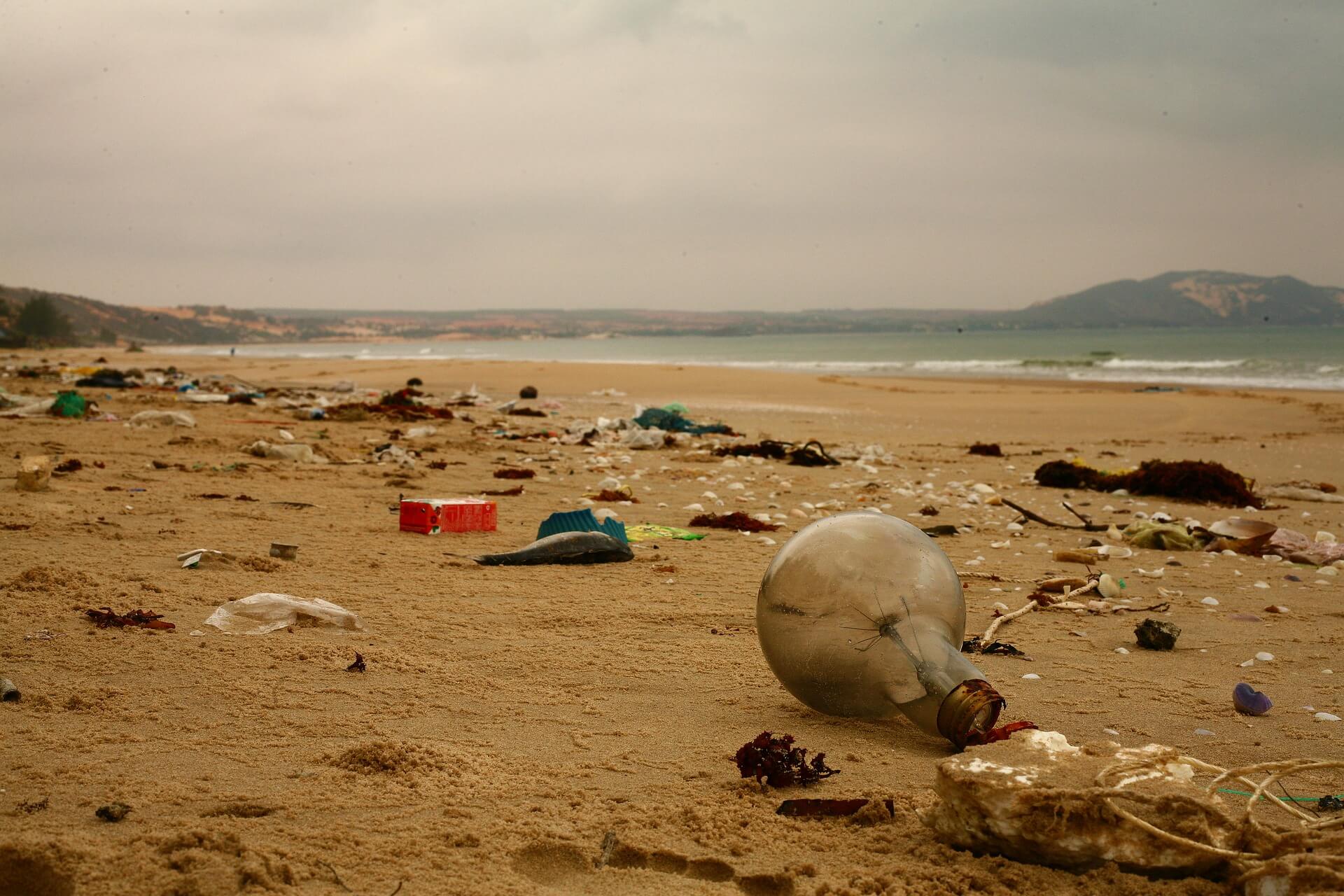How Plastic Harms Marine Life?
Plastic debris, or plastic trash, is now found all over the ocean. The widespread use of plastic instead of traditional materials began to spread exponentially from the 1950s, when its large-scale production began. The main property of plastic-strength, and this is its advantage when unwillingness or inability to manage the end of the material’s life cycle, has led to the fact that the littering of plastic and microplastics of the sea has become a global problem. Like many other pollutants, plastic waste is a cross-border, complex problem, a social and environmental problem that is not so easy to solve.
Where does so much plastic come from?
Around 12 million tons of plastic are dumped into the world’s oceans every year, which is the equivalent of one garbage truck being thrown into the water every minute. The most significant sources of large plastic objects (macroplastics) include construction, household goods, packaging, coastal tourism, and food and beverage packaging. How much of this material ends up in the ocean depends on the volume of wastewater and the efficiency of its management, as well as the collection and management of solid waste. Sources of microplastic contamination from earth include: cosmetics and hygiene products, textiles and clothing (synthetic fibers), ground transport (tire dust) and manufacturers and distributors of plastic (granules of plastic polymers used in its production). Depending on the quality of equipment and the methods used, different amounts of plastic can enter wastewater from enterprises, and regional differences play a big role in this. Sources based in the sea are mainly the fishing industry and shipping. The equipment used by fishermen makes up ten percent of all plastic garbage on the bottom of the World’s oceans. As noted, this is the weight of more than 55 thousand double-decker buses. Nets and other accessories kill marine animals and harm the underwater area.
Plastic is distributed all over the ocean, from the Arctic to the Antarctic. This is due to its hardness, the global nature of potential sources, and the ease of moving floating plastic by surface currents. Surface circulation is well known and can be modeled. There are several places with permanent properties, such as the five subtropical whirlpools in the Indian Ocean, The North and South Atlantic, the North and South Pacific. These areas have a relatively high concentration of floating microplastics. However, large accumulations of plastic (especially macroplastics) are also found in coastal waters, especially in regions with: high population density in coastal areas; insufficient collection and management of solid waste; intensive fishing and developed coastal tourism. Large floating objects are also carried by the winds, accumulating on Islands in the middle of the ocean and on coasts far from their sources. Many types of plastic are denser than sea water and sink as soon as they lose their original buoyancy. For example, empty pet drinking water bottles are common type garbage near the coast, but in the future, as a rule, end up on the ocean floor. Fishing gear usually sinks if the floats have been separated. Therefore, most of the plastic debris in the ocean is not visible to the observer, and so it will be for quite a long time. For the same reason, no reliable count of the amount of plastic in the ocean has yet been made.
How plastic affects marine life?
Scientists continue to study the consequences of pollution of the World’s Oceans with plastic waste. The results of a new study were very disturbing: generations of young fish consider plastic as treat and eat it with pleasure – just as teenagers prefer fast food to healthy food. How can this turn out in the future, if plastic waste has already penetrated through fish into human food, and by 2050, according to ecologists, plastic will fill the stomachs of all seabirds?
Marine biologists from Uppsala University in Sweden have discovered how fish eggs are exposed to even microscopic plastic particles. Experiments were conducted with larvae of European perch (Perca fluviatilis). The fish were placed in containers with polystyrene particles. At the same time, there were the same number of them in the water that is found off the coast of Sweden.
The results were depressing: newborns were born from only 81% of the larvae (compared to 96% in clean water), but they were not completely healthy. The impact of plastic has affected the condition of the embryos: growth retardation, behavioral changes and high mortality are only part of the consequences.
Two weeks later, the fish were examined, and it turned out that their stomachs already contain particles of polystyrene. At the same time, they ate only plastic, ignoring the natural food for this species.
Society is already aware that it needs a mass understanding and compliance with the rules on the disposal of plastic waste by the average person. Only by universal efforts we will be able to resist the clogging of the world’s oceans and continents, and thus save nature, the animal world and ourselves. It is necessary to scale up and tighten existing requirements for violators who pollute the waters of the World Ocean. Ultimately, the responsibility lies with everyone who uses plastic in any form.
References:
-
What Is The Effect of Ocean Plastics On Marine Life? – rePurpose
-
Marine plastics – IUCN
-
How Plastic Pollution is Affecting the Ocean Wildlife – AZO Cleantech


